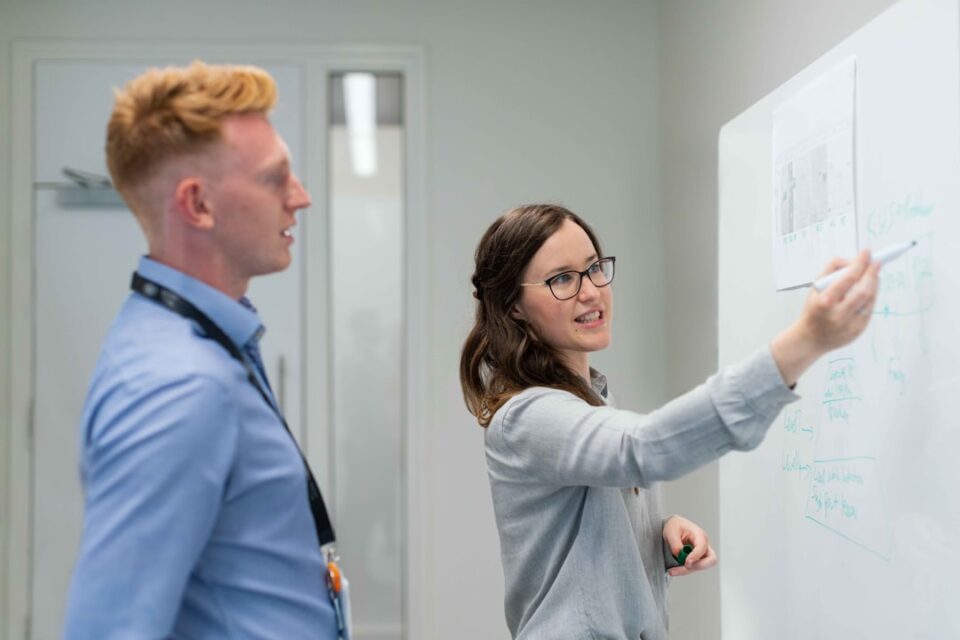The Benefits of 3D Printing in Manufacturing
Over the past few decades, technology has made significant advancements in various industries, including manufacturing. One of the most revolutionary technologies to emerge in recent years is 3D printing, also known as additive manufacturing. 3D printing has transformed the way products are designed, prototyped, and produced, offering a wide range of benefits that have significantly impacted the manufacturing industry.
One of the primary benefits of 3D printing in manufacturing is the ability to create complex geometries that are not possible with traditional manufacturing methods. With traditional manufacturing processes, such as injection molding or machining, there are limitations to the shapes and designs that can be produced. However, with 3D printing, intricate and complex designs can be created with ease, allowing manufacturers to produce highly customized and specialized products.
Another significant benefit of 3D printing is the reduction in lead times. Traditional manufacturing methods often require lengthy processes, including tooling, machining, and assembly, which can take weeks or even months to complete. 3D printing, on the other hand, allows for rapid prototyping and production, significantly reducing lead times and allowing manufacturers to bring products to market faster.
In addition to reducing lead times, 3D printing also offers cost savings for manufacturers. Traditional manufacturing methods often involve expensive tooling and equipment, as well as the need for large quantities of raw materials. With 3D printing, manufacturers can produce parts and products on demand, without the need for expensive tooling or large quantities of materials. This not only reduces production costs but also minimizes waste, making 3D printing a more sustainable and cost-effective solution for manufacturers.
Furthermore, 3D printing offers increased flexibility and agility for manufacturers. Traditional manufacturing processes are often rigid and inflexible, requiring manufacturers to produce large quantities of a single product. With 3D printing, manufacturers can easily customize products in small batches or even produce one-off prototypes, allowing for greater flexibility and agility in responding to market demands and customer needs.
One of the most exciting benefits of 3D printing in manufacturing is the ability to innovate and iterate quickly. With traditional manufacturing methods, making design changes or adjustments can be time-consuming and expensive. However, with 3D printing, manufacturers can quickly iterate on designs, test prototypes, and make modifications on the fly, allowing for rapid innovation and product development.
Another advantage of 3D printing is the ability to create lightweight and durable products. Traditional manufacturing methods often result in products that are heavy and bulky, making them less efficient and more costly to produce. 3D printing allows for the creation of lightweight and durable products, using advanced materials and designs that optimize strength-to-weight ratios, resulting in products that are not only lighter but also stronger and more efficient.
In addition to the benefits mentioned above, 3D printing also offers environmental advantages for manufacturers. Traditional manufacturing processes often result in high levels of waste and pollution, as well as the need for large amounts of energy and resources. 3D printing, on the other hand, is a more sustainable and eco-friendly option, as it requires less energy and raw materials, produces less waste, and can be used to create more efficient and environmentally friendly products.
Overall, the benefits of 3D printing in manufacturing are vast and significant. From reducing lead times and costs to increasing flexibility and agility, 3D printing offers manufacturers a wide range of advantages that have transformed the industry. With the ability to create complex geometries, innovate quickly, and produce lightweight and durable products, 3D printing has become an essential tool for modern manufacturers looking to stay competitive and drive innovation in today’s global marketplace.
In conclusion, 3D printing is a game-changing technology that has the potential to revolutionize the manufacturing industry. With its ability to create complex designs, reduce lead times, lower costs, and increase flexibility, 3D printing offers manufacturers a wide range of benefits that have transformed the way products are designed, prototyped, and produced. As the technology continues to evolve and improve, we can expect to see even more revolutionary advancements in manufacturing, driven by the power of 3D printing.

